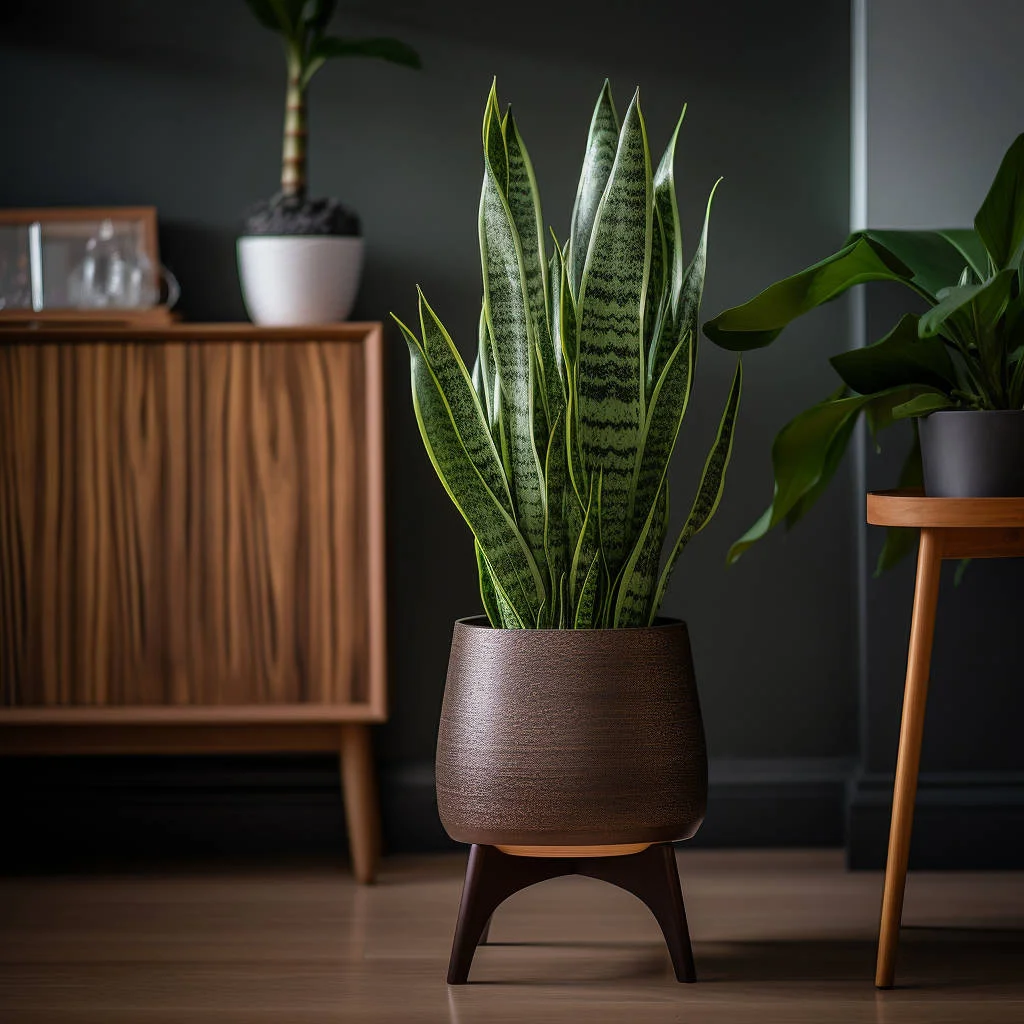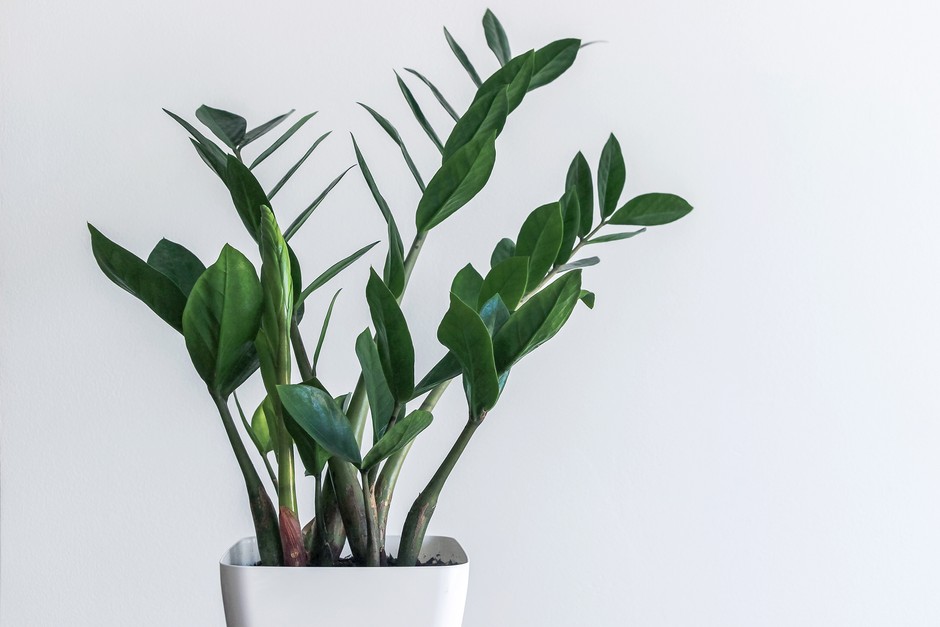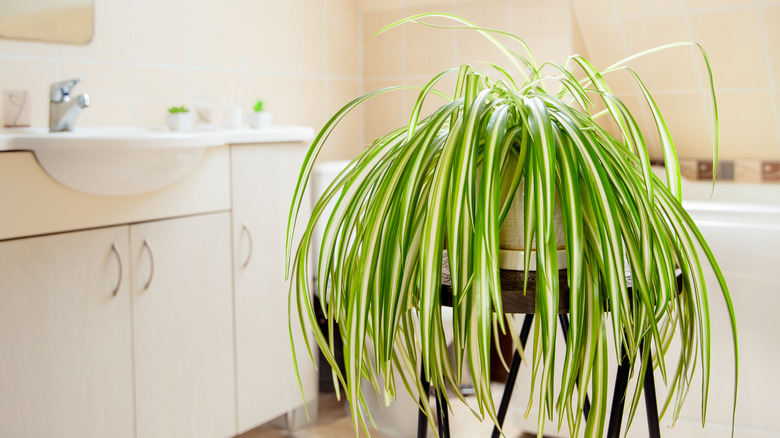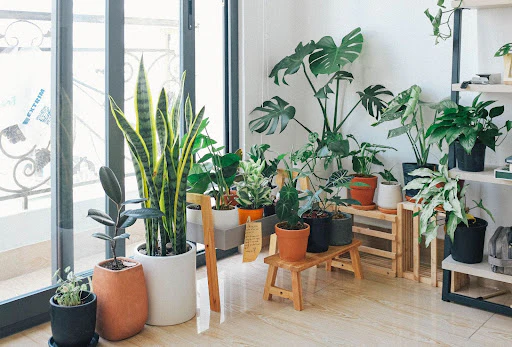Contents
Introduction
Are you new to indoor gardening and feeling a bit overwhelmed by the endless plant options out there? You’re not alone! Starting an indoor garden can seem like a daunting task, especially if you’re worried about your ability to keep plants alive. But don’t fret—choosing the right plants can make all the difference.
When it comes to indoor gardening, picking resilient plants is key. These are the green buddies that won’t fuss too much if you forget to water them or if they don’t get the perfect amount of sunlight. They’re forgiving, low-maintenance, and perfect for beginners who might still be figuring out the ins and outs of indoor plant care.
In this guide, we’ll introduce you to five resilient plants that are ideal for those just starting out. These plants are not only tough but also gorgeous, making them a fantastic addition to your home. From the ever-popular Snake Plant to the charming Peace Lily, we’ve got the scoop on what makes these plants perfect for indoor gardening newbies. So, get ready to dive into the world of easy-care plants and start creating your own indoor green oasis!
Snake Plant (Sansevieria)
Meet the Snake Plant, also known as the mother-in-law’s tongue, one of the most popular and resilient indoor plants you can find. This tough little guy is perfect for anyone who’s just starting their indoor gardening journey.

Description: The Snake Plant stands out with its striking, sword-shaped leaves that grow upright. These leaves are often dark green with lighter stripes, adding a modern touch to any room. Not only does it look great, but it’s also incredibly low-maintenance.
Care Requirements:
- Light: The Snake Plant is a real champion when it comes to light. It can handle low light conditions and still thrive, but it does best in indirect light. So, if you have a spot that doesn’t get a ton of sunlight, this plant will be right at home.
- Water: This plant doesn’t need a lot of water, making it perfect for those who might forget to water regularly. Just let the soil dry out between waterings—overwatering is actually one of the few ways you can harm it.
- Temperature: The Snake Plant is pretty flexible with temperature, preferring average room temperatures. It’s not picky, which makes it a great choice for various indoor environments.
Benefits: The Snake Plant is more than just good looks; it’s also a top performer when it comes to air-purifying. It helps clean the air by removing toxins and is incredibly forgiving if you’re a bit forgetful with your plant care.
Fun Fact: Despite its fierce name, the Snake Plant is anything but high-maintenance. Plus, it’s known for being a hardy survivor, even in less-than-ideal conditions.
ZZ Plant (Zamioculcas zamiifolia)
Let us introduce you to the ZZ Plant, a true champion in the world of indoor gardening. Its name might be a bit of a mouthful—Zamioculcas zamiifolia—but this plant is as easy-going as they come. If you’re new to indoor plants and worried about how to keep them alive, the ZZ Plant is your best friend.

Description: The ZZ Plant is famous for its glossy, dark green leaves that give off a sleek, modern vibe. Its leaves are thick and waxy, adding a touch of elegance to any room. It grows upright, so it won’t take up too much space, making it a fantastic addition to small apartments or offices.
Care Requirements:
- Light: This plant is incredibly adaptable when it comes to lighting. It thrives in low light but can also handle bright, indirect light. Whether you have a sunny window or a dim corner, the ZZ Plant will do just fine.
- Water: The ZZ Plant is remarkably drought-tolerant. It’s perfect for those who might forget to water regularly. Just make sure to let the soil dry out completely between waterings. It’s much happier with too little water than too much.
- Temperature: It loves typical indoor temperatures and doesn’t require any special heat or cooling. As long as you’re comfortable, the ZZ Plant will be too.
Benefits: Not only is the ZZ Plant super low-maintenance, but it’s also great at handling occasional neglect. It’s perfect for busy individuals or those who are often away from home. Plus, it helps purify the air, making your indoor space healthier.
Fun Fact: The ZZ Plant’s name may seem complex, but its care routine is incredibly straightforward. It’s a real winner for anyone who wants a stylish, easy-to-care-for plant.
Pothos (Epipremnum aureum)
Say hello to the Pothos, an indoor plant that’s as popular as it is resilient. Known for its trailing vines and heart-shaped leaves, the Pothos is a fantastic choice for anyone starting out in indoor gardening. It’s not just easy to care for; it also adds a touch of lush green to any space.
Description: The Pothos is a versatile plant with long, cascading vines that can grow several feet long. Its leaves are heart-shaped and come in a variety of colors, including green and golden hues. It’s perfect for hanging baskets or letting its vines drape from shelves or bookcases.
Care Requirements:
- Light: One of the best things about the Pothos is its adaptability. It can thrive in low light conditions, making it ideal for rooms with minimal natural light. However, it will also flourish in bright, indirect light. It’s a flexible plant that can adjust to its surroundings.
- Water: The Pothos is forgiving when it comes to watering. It prefers to dry out between waterings, so it’s a great plant for those who might forget a watering schedule. Just be sure not to overwater, as it’s more tolerant of drought than soggy soil.
- Temperature: It enjoys the average indoor temperature and isn’t too picky about its environment. Whether your home is cooler or warmer, the Pothos will adapt and continue to grow.
Benefits: Beyond its beauty, the Pothos is known for its air-purifying abilities. It’s great at removing toxins from the air, making it a healthy choice for your indoor space. Plus, it’s incredibly easy to propagate—just snip a vine, place it in water, and watch it grow new roots!
Fun Fact: The Pothos is often called “devil’s ivy” because of its toughness. No matter how much you neglect it, it will still keep growing and looking beautiful.
Spider Plant (Chlorophytum comosum)
The Spider Plant is a classic favorite among indoor gardeners, especially for beginners. With its striking arching leaves and easy-going nature, this plant is both visually appealing and incredibly resilient.

Description: The Spider Plant features long, slender leaves that arch gracefully, often with green edges and a lighter stripe down the middle. It also produces small plantlets, or “babies,” on long stems that resemble spiders, which can be easily propagated to grow new plants.
Care Requirements:
- Light: This plant loves bright, indirect light but can tolerate lower light levels. It’s adaptable and will thrive even if your space doesn’t get a lot of sunlight.
- Water: Spider Plants enjoy regular watering but are quite forgiving if you occasionally forget. Let the soil dry out slightly between waterings to avoid overwatering.
- Temperature: Prefers cooler temperatures but is generally happy in typical indoor conditions. It appreciates a well-ventilated space and can thrive in a variety of environments.
Benefits: The Spider Plant is not just easy to grow; it’s also excellent for improving indoor air quality. It’s one of the top plants for removing toxins from the air, making your home healthier. Additionally, it’s perfect for those who love to propagate plants, as the “babies” can be snipped off and grown into new plants.
Fun Fact: The Spider Plant is often recommended for beginners because of its hardiness. No matter how much you might neglect it, this plant bounces back quickly and continues to thrive. It’s a great confidence booster for new indoor gardeners!
Peace Lily (Spathiphyllum)
Meet the Peace Lily, a stunning and resilient plant that’s perfect for anyone new to indoor gardening. With its glossy green leaves and elegant white flowers, the Peace Lily adds a touch of sophistication to any room. Plus, it’s incredibly easy to care for, making it a favorite among beginners.
Description: The Peace Lily is known for its dark green, glossy leaves and its distinctive white flowers that resemble calla lilies. These flowers, or spathes, are actually specialized leaves that surround the plant’s true flowers. It’s a beautiful plant that brings a sense of peace and tranquility to any space.
Care Requirements:
- Light: The Peace Lily thrives in low to medium indirect light. It’s perfect for spots that don’t get a lot of natural sunlight, like offices or interior rooms. Too much direct sunlight can scorch its leaves, so it’s best kept out of harsh sun.
- Water: Keep the soil moist but not soggy. The Peace Lily prefers regular watering, and it’s quite vocal about its needs—it will droop dramatically when thirsty but perks up quickly after a drink. It’s a great plant for learning how to read your plant’s water needs.
- Temperature: This plant enjoys warm, humid environments. It does well in typical indoor temperatures but appreciates a little extra humidity. If your home is dry, consider misting its leaves or placing it near a humidifier.
Benefits: Beyond its beauty, the Peace Lily is excellent at purifying the air. It’s known for removing common household toxins, making your home healthier. It’s also a flowering plant, which adds a lovely visual element to your indoor garden.
Fun Fact: Despite its name, the Peace Lily is not a true lily and is safe for homes with pets and children. Its name comes from its serene white flowers, which are said to symbolize peace and purity. It’s a wonderful plant to bring a calming presence into your home.
Conclusion
Now that you’ve met these five resilient plants, you’re well on your way to becoming an indoor gardening pro. Let’s quickly recap why these plants are perfect for beginners and how they can make your indoor space not only more beautiful but healthier too.
Recap of the Plants:
- Snake Plant: A tough, air-purifying plant with striking, upright leaves that thrives in low light and requires minimal watering.
- ZZ Plant: Known for its glossy, dark green leaves and incredible drought tolerance, making it ideal for forgetful gardeners.
- Pothos: A versatile, trailing plant that adapts to various light conditions and is easy to propagate, adding lush greenery to any space.
- Spider Plant: Featuring arching leaves and easy propagation with its “babies,” this plant is great for improving air quality and tolerating cooler temperatures.
- Peace Lily: With its glossy leaves and elegant white flowers, the Peace Lily thrives in low light and humid environments, offering both beauty and air purification.
Encouragement for Beginners: Starting your indoor garden with these resilient plants is a fantastic way to build your confidence and experience. Each of these plants is forgiving and easy to care for, making them perfect for anyone new to the world of indoor gardening. They’ll help you develop your green thumb without the stress of demanding care routines.
Call to Action: Don’t wait any longer to bring a touch of nature into your home. Choose one (or all) of these amazing plants and start your indoor gardening journey today. Whether you’re looking to add some greenery to your living room, improve the air quality in your bedroom, or simply enjoy the calming presence of plants, these resilient options are the perfect place to start. Happy gardening!



